What Is a Cq (Ct) Value?
Don’t be confused by Ct values! We’ll guide you through what they are, how to calculate them, and troubleshooting issues.
Join Us
Sign up for our feature-packed newsletter today to ensure you get the latest expert help and advice to level up your lab work.

Don’t be confused by Ct values! We’ll guide you through what they are, how to calculate them, and troubleshooting issues.

Want to know the best way to perform relative quantification for your qPCR data? Read on.

Can’t be bothered doing a qPCR standard curve? Find out why it’s important to getting great results and how to do it.

Whether you’re generating, analyzing, or reviewing qPCR data you need to understand how it works and best practices. That’s why we’ve pulled together our top qPCR papers every researcher should read.

qPCR primer design is a bit of science, a bit of magic, and a little bit of luck. Here’s the science to help you design the best primers for your experiments.

New to qPCR? Here’s a quick summary of one of the two most common analysis methods – double delta Ct analysis.
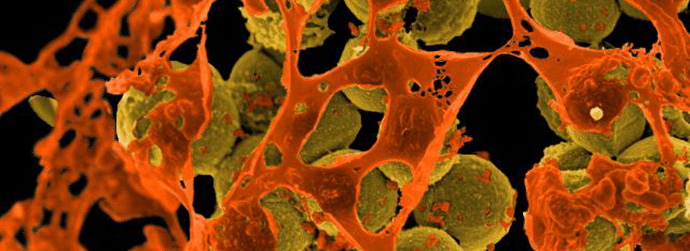
Imagine that you want to test the efficiency of an antimicrobial treatment in inhibiting a certain bacterial pathogen. As part of the experiment, you expose the bacteria to the treatment and monitor the cultivability of the microorganism by counting the number of colony forming units (CFU) formed on culture media. If the microorganism is sensitive…

I was so excited to start using 384-well plates for my assays. With so many wells, these plates are useful for testing many conditions in parallel, as required in ELISAs, siRNA library screens, and drug treatment dilutions. However, I quickly learned that pipetting in these plates is more complicated than I thought. This article contains…

Every man, woman, and dog is doing quantitative real time reverse transcriptase PCR (qRT-rtPCR) these days. It’s a great method to measure your favorite transcript’s expression levels. One of the big plusses (like the Swiss flag!) of quantitative PCR in general is its high sensitivity. In principle, it can detect and quantify one molecule of…

Who amongst us hasn’t had the need for oligonucleotides in an experiment? It is a cornerstone in many procedures and techniques. Depending on the goal, it can be very hard to design just the right oligo for your experiment. Oligos must have the right length; the right amount of C-G, T-A; they can’t form secondary…

Droplet digital PCR? It’s easy. Because we’re here to guide you through it. We recently introduced you to the principles of digital PCR technology and how it differs from qPCR. In a nutshell, digital PCR is an end-point PCR technology that divides a single PCR into a large number of partitions, and then perform PCR…

Quantitative Reverse transcription PCR (RT-qPCR) is frequently used in the lab to detect and quantify RNA expression in a sample. The first step of the assay is to convert the labile RNA to its complementary DNA (cDNA) counterpart through reverse transcription (RT). In fact, RT is the first step in a variety of molecular biology…

Good quality starting material is king for reverse transcription! Obtaining reliable results in any experiment requires good preparation. We often take reverse transcription for granted, and we don’t always consider that our qPCR might be performing poorly because of problems in that step. Since it’s quite often the reverse transcription reaction itself that causes fuss…

Kary Mullis invented polymerase chain reaction (PCR) in 1985 creating a revolution in molecular biology techniques. But it hasn’t stopped there. PCR has greatly evolved over the years. Today, we stand at a point, where we can clone micro RNAs (miRNAs) in real time! Due to miRNA size (about 18-21 nucleotides long) and varied expression levels,…

In the 30 odd years since its invention, the polymerase chain reaction (PCR) has become the bread and butter technique of molecular biologists. The secret to its indispensability lies in its simplicity and versatility. Numerous variants of the technique have been developed; one of these, real-time PCR, has become the method of choice for quantitative…

There’s piloting a brand new technique for the first time. Then, there’s jumping through hoops trying to get an established lab technique to work. The former, in contrast to the latter, is expected to be fraught with hardships. Yet troubleshooting an old lab technique that isn’t working anymore, is frustrating at a whole new level….
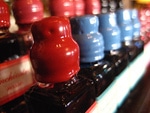
You’ve tried all the usual stuff, and checked the primer sequences twice, but still can’t get that PCR fragment amplified. It’s time to enter the strange world of PCR additives. Over the years a variety of additives have been shown to enhance PCR reactions in certain situations. Here is a summary of some of the…

Quantitative PCR (qPCR) uses fluorescent dyes or probes to visualize the amplification of specific DNA sequences as it happens (i.e. in real time). The dyes or probes fluoresce when they bind to newly amplified DNA, and the amount of fluorescence emitted is proportional to the amount of DNA (or mRNA) present in the original sample. By detecting newly synthesized DNA…

Hope you had a heavy breakfast, because the first qPCR is going to take time. Did you remember to fill your coffee cup? There are a lot of intricacies in qPCR that will need your neural networks to be brisk. How qPCR differs from traditional PCR Unlike traditional PCR, qPCR measures the amplification of DNA…

The more experienced hands in your lab know that molecular biology is rarely just a journey from A to B. As a result, I’ve constructed this short workflow as an introduction to genomic molecular techniques.

I think we all have been through those my-PCR-product-didn’t-get-amplified days. Sometimes, playing around a bit more with the PCR conditions brings luck, or sometimes it doesn’t work at all. These days we have access to many different types of DNA polymerases, ultrapure and buffered nucleoside triphosphates, and other necessary starting materials in convenient concentrations; but…

A Brief History of Detecting Amplicons The Old Days of Ethidium Bromide In the early 1990s, quantitative (q) PCR was in its infancy, and despite PCR itself already being around for 10 years, there were no easy ways of precisely quantifying the amount of DNA that was amplified in a PCR reaction. In those days PCR…

If you want to get the maximum yield and quality from your next-generation sequencing experiment then you are going to need to make sure each of the libraries you produce is carefully quantified ready for pooling and/or loading onto a flow cell. If the quantification goes wrong you’ll get a bad balance of samples within…

Every protocol for single cell PCR can be broken down into two steps. In the first step, the cells are isolated by micromanipulation, laser capture microdissection, flow cytometry, or by direct micropipetting. Next, the genetic material is processed by PCR to amplify your sequence of interest. Here, we’ll go through the different options for isolating…

Want a PCR method that gives you high sensitivity and is cost-effective? Then you might want to try Mediator Probe PCR. This method gives you sensitivity and limit of detection comparable to that of dual-labeled hydrolysis probes without the high cost. We all know how expensive small batch probe synthesis orders can be, especially when…
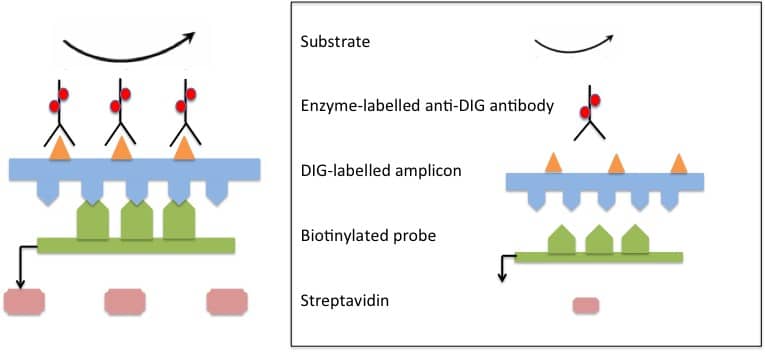
As researchers, we are constantly on the lookout for new and improved ways to analyze, detect and quantify our favorite protein or gene. Luckily, we don’t always need to reinvent the wheel! PCR-ELISA is a good example of where two commonly used techniques have been merged together to create a very powerful analytical tool. What…
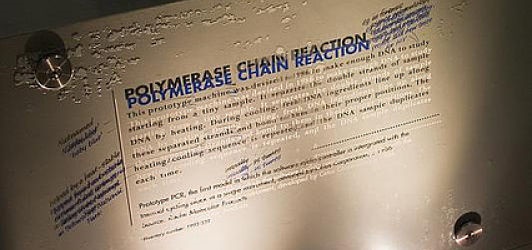
As with some of the greatest discoveries in science, from penicillin to microwave ovens and play-doh, PCR was discovered serendipitously. Thanks to the work of many scientists, including Watson and Crick, Kornberg, Khorana, Klenow, Kleppe (so many K’s…) and Sanger, all the main ingredients for PCR had been described by 1980. Like butter, flour, eggs,…

MIQE what’s that? When writing dPCR materials and methods for a paper have you ever pondered what information you should include? This is where the MIQE guidelines will really help. Guidelines for minimum information required for publication of a digital PCR (dPCR) experiment were published by JF Huggett et al. in 2013. These were a…

The wide range of applications of PCR has led to an ever-growing list of variants of the technique. While some are optimizations to suit specific requirements and are very similar to basic PCR, others completely turn the technique on its head to formulate novel creative applications in various fields. This article lists some variants of…
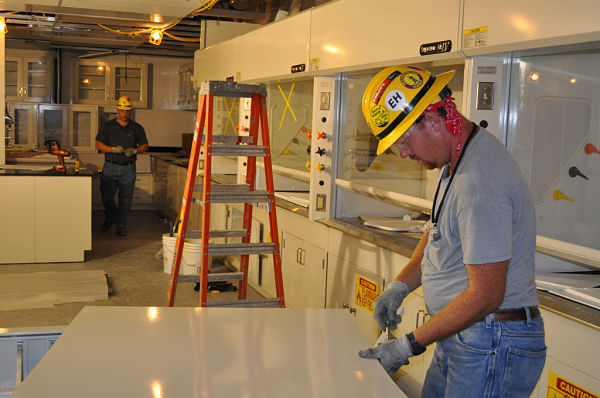
There is a right way and a wrong way to set up a PCR laboratory. Because of PCR’s tremendous ability to amplify small quantities of DNA/RNA template, even the smallest of template contamination can become a huge problem in PCR. However, contamination does not have to be a problem in your laboratory. Read below to…
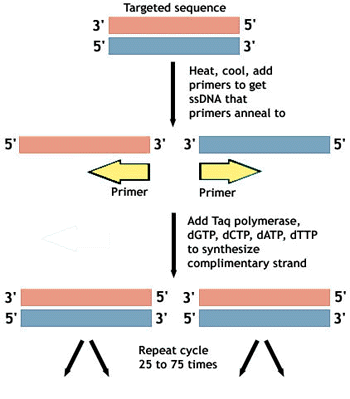
PCR (Polymerase Chain Reaction) is a biochemical technique developed by Kary Mullis in 1983 that is used to create large quantities of a sequence of DNA. Since this method of mass-producing DNA was first introduced, it has become significantly less labour intensive, more economical, and more routine. The technique relies on a few key players…
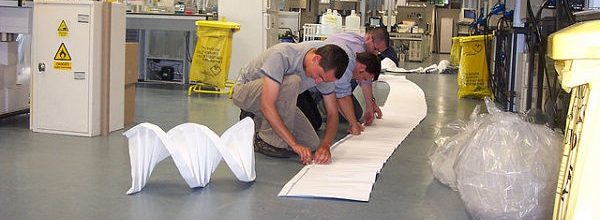
A wide variety of enzymes are available for PCR and RT-PCR and the optimal choice depends on a range of factors specific to your experiment. Some of these factors will now be explored to help you to make the most suitable and cost effective choices when ordering. PCR Type and Other Factors to Consider First,…
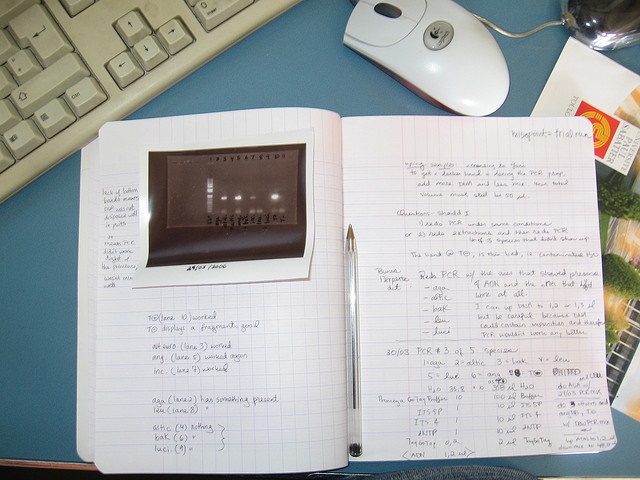
So you’re designing a new experiment that requires PCR quantification. You used to have only one method to choose from, but now you have two – Quantitative Real-Time PCR (qPCR) and Digital PCR (dPCR). Which one is right for your application? Both methods have good quantification, sensitivity and specificity for most applications. They are compatible…
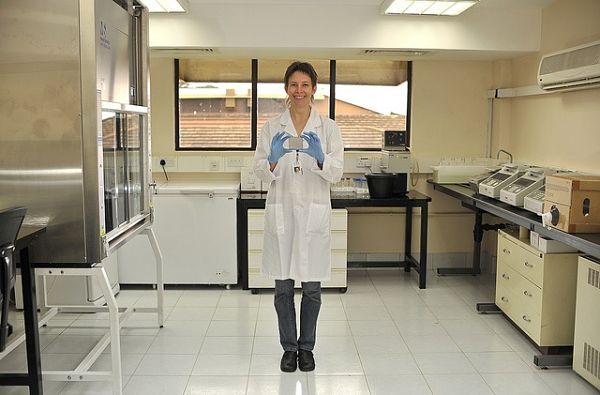
Stimulation of cells/tissue with a given stimulus (e.g., a cytokine) is a common experimental setup in any cell biology lab. The cellular response to the external stimulus e.g., the activation/deactivation of intracellular signaling pathways and/or the secretion of proteins is often the research goal, and there are a number of different methods that you can use to analyze such…
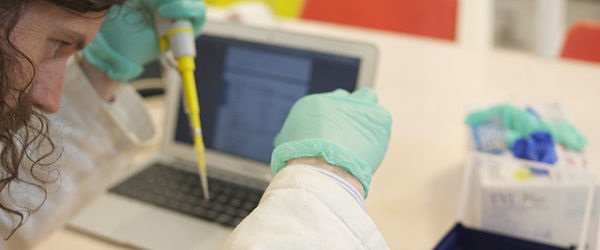
Digital PCR (dPCR) is a quantitative PCR method that provides a sensitive and reproducible way of measuring the amount of DNA or RNA present in a sample. This method is similar to qPCR in the reaction assembly components and amplification reaction, but differs in the way the sample target is measured. Digital PCR is a…
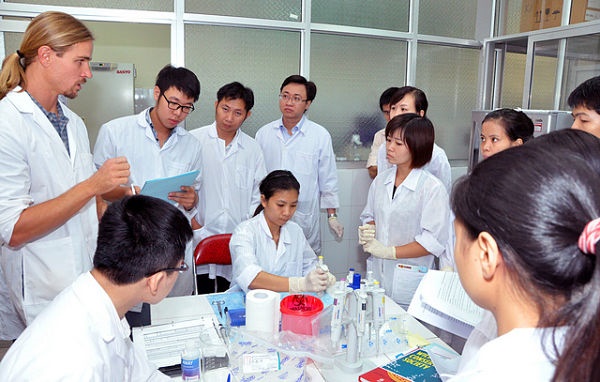
You’re a senior grad student or postdoc, and you’ve done more PCRs than you can count. A new student has joined your lab, and you’ve been charged with training them on PCR. You don’t want to lead him/her astray, but it’s hard to remember the parts that you struggled with in your early days. This…
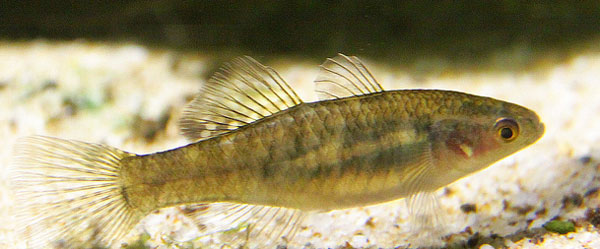
In studies of RNA abundance and gene expression, no one technique can answer all of the questions that need to be asked. So it is necessary to use a variety of experimental methods in concert. Two RNA detection and measurement techniques that complement each other well for this purpose are RNA Fluorescence in situ hybridization…

The eBook with top tips from our Researcher community.